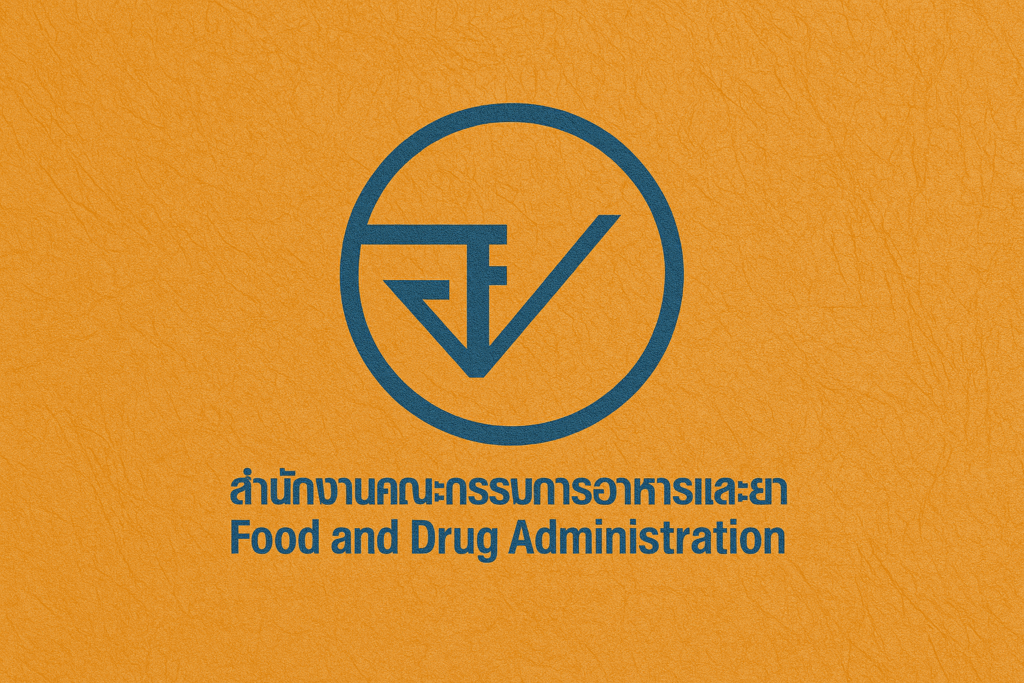Introduction
If you’re planning to introduce your medical device to the
Thai market, you’re tapping into one of Southeast Asia’s most promising
healthcare economies. With Thailand’s growing demand for advanced medical
technologies, especially in diagnostics, surgical equipment, and digital
health, the opportunities are significant. However, successfully accessing this
market begins with a critical step: Thai FDA medical device registration.
As regulatory consultants who’ve guided multiple
manufacturers through this process, we understand that the path to Thailand
medical device approval can appear complex. But with the right knowledge and
strategy, it becomes a manageable, step-by-step process. Here’s a clear
breakdown based solely on official Thai government and ASEAN sources.
Step 1: Appoint a Local Authorized Representative (LAR)
Unless your company is based in Thailand, you must appoint a
Thai authorized representative for medical devices. This LAR will act on your
behalf in all interactions with the Thai FDA, including submission of
documents, handling queries, and fulfilling post-market responsibilities.
According to the Thai FDA, this representative must have a
valid establishment license and be registered on the Thai FDA system. Choose
your LAR wisely — their accuracy and responsiveness can directly affect your
approval timeline.
Step 2: Determine Device Classification
Thailand follows the ASEAN Medical Device Directive (AMDD)
risk-based classification system. Devices are grouped into four classes:
- Class
1 (Low Risk)
- Class
2 (Low-Moderate Risk)
- Class
3 (Moderate-High Risk)
- Class
4 (High Risk)
The classification will dictate the level of regulatory
scrutiny, type of registration, and review process. Carefully evaluate your
device using the AMDD classification Thailand rules to avoid misclassification
— one of the most common delays in the registration process.
Step 3: Prepare the Registration Dossier (CSDT Format)
Thailand has adopted the Common Submission Dossier Template
(CSDT) as per ASEAN guidelines. Your registration dossier must include:
- Executive
Summary
- Essential
Principles and Evidence of Conformity
- Device
Description and Product Verification
- Risk
Analysis
- Clinical
Evidence
- Manufacturing
Information
- Labeling
and IFU (in Thai and/or English as required)
Ensure that your CSDT dossier Thailand is complete, clear,
and translated accurately where necessary — especially the IFU and labeling
components.
Step 4: Choose the Correct Registration Pathway
Depending on your device classification, the registration
pathway will differ:
- Notification
Pathway: For Class 1 and some Class 2 devices
- Licensing
Pathway: For Class 3 and Class 4 devices
Each route has different review timelines and document
requirements. The Thai FDA evaluates all Licensing submissions in-depth,
whereas Notification applications typically proceed more quickly if all
documents are in order.
Step 5: Ensure Labeling Compliance
Medical device labeling Thai FDA guidelines are very
specific. All labels must:
- Be
in the Thai language (or bilingual if applicable)
- Include
device name, intended use, manufacturer details
- Display
warnings, precautions, storage instructions
- Match
the labeling provided in the CSDT
Non-compliant labeling — particularly in language or content
— can result in rejection or recall.
Manufacturers must submit their application via the Thai FDA
e-submission portal, accessible through the official website. Your LAR will
typically handle this step, but it’s good to stay informed:
- Upload
dossier in specified format
- Pay
applicable government fees
- Respond
promptly to queries or requests for clarification
Ensure all information is consistent across every document —
inconsistencies can delay approval.
Step 7: Post-Approval Obligations
Once registered, you’re not done yet. Post-market
responsibilities include:
- License
Validity: Usually 5 years — renew before expiry
- Adverse
Event Reporting: Mandatory
- Product
Surveillance: May involve audits or inspections
- Labeling
or Device Changes: Must be notified and approved before implementation
Staying compliant post-approval is essential to maintain
your license and market presence.
Securing Thailand medical device approval may seem like a
regulatory maze, but with structured preparation and expert guidance, it’s
entirely achievable. By aligning with official Thai FDA and AMDD requirements,
and building a strong partnership with your local representative, you can
navigate the process efficiently — and tap into one of Asia’s fastest-growing
healthcare markets.
References
- Thai FDA Medical Device Regulations:
https://www.fda.moph.go.th/sites/Medical/SitePages/devicelaw.aspx - ASEAN Medical Device Directive (AMDD):
https://asean.org/wp-content/uploads/2012/05/AMDD-Final.pdf - Ministry of Public Health, Thailand:
https://www.moph.go.th/ - WHO ASEAN Medical Device Harmonization Reference
Documents:
https://iris.who.int/handle/10665/208269

